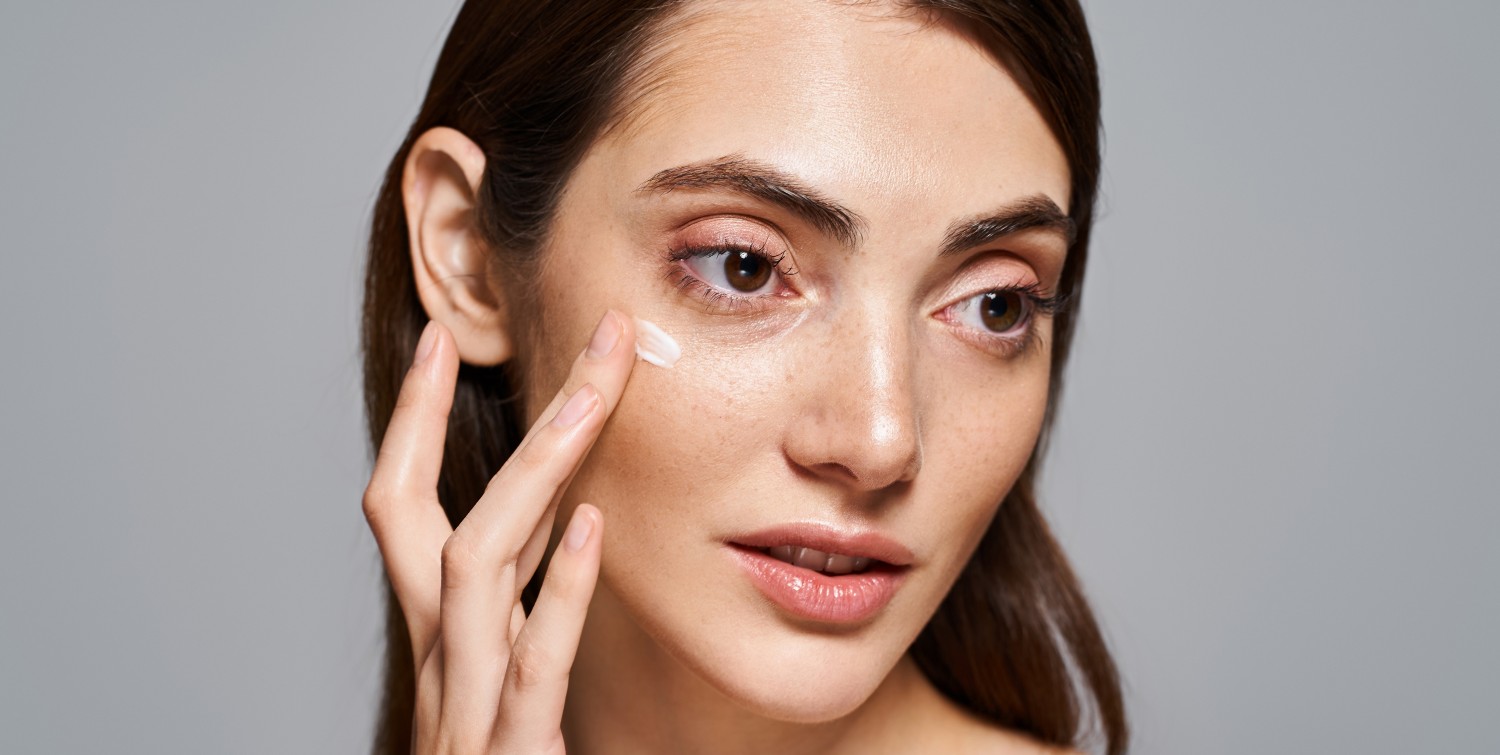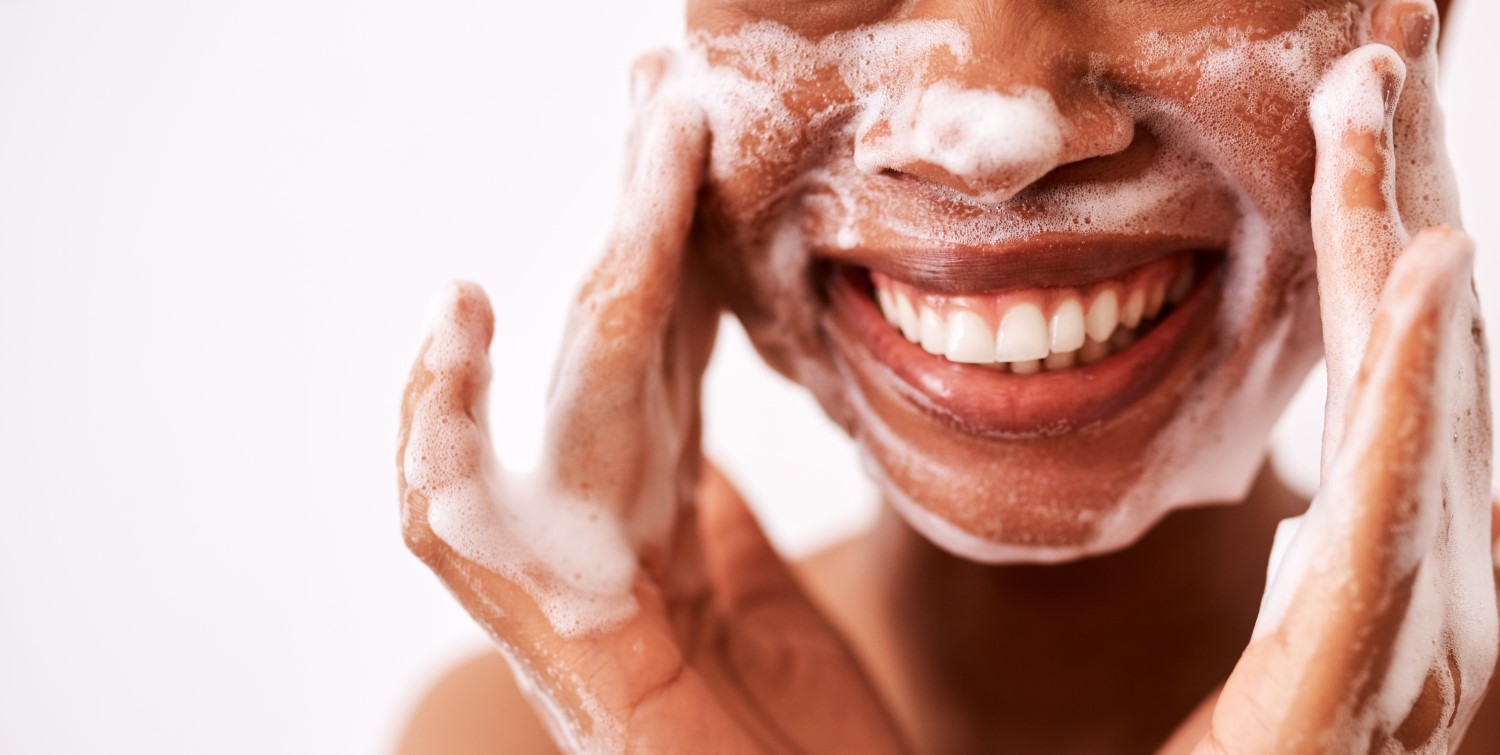- Curél Blog | Skincare Education and Guidance
- Is my skin dry or dehydrated?
IS MY SKIN DRY
OR DEHYDRATED?

Publish Date: August 8, 2025
Is your skin dry - or just dehydrated? It’s a common question with an often-misunderstood answer. While the terms dry and dehydrated are sometimes used interchangeably, they describe two different skin states - each requiring different types of care.
We believe that understanding your skin is the first step in caring for it. Here’s how to tell whether your skin is dry or dehydrated - and what you can do to restore moisture.
What’s the difference between dry and dehydrated skin?
Dry skin is a skin type - it’s something you're born with or naturally prone to. It’s caused by a lack of natural oils, like ceramides and sebum, which are vital for maintaining a strong, healthy skin barrier.
Dehydrated skin, on the other hand, is a temporary condition. It can affect any skin type, even oily skin. Dehydrated skin is lacking in water, not oil – and it’s often caused by environmental stress, lack of sleep, air travel, central heating, or overuse of active skincare ingredients.
In short:
Both conditions can leave your skin feeling uncomfortable, but recognising the difference is key to treating them effectively.

What causes dehydrated skin?
Dehydrated skin is often due to a combination of environmental and lifestyle factors.

Signs you have dehydrated skin
Because dehydrated skin is a condition that can affect anyone, it can be a little harder to spot. If you’re experiencing any of the following, your skin may be dehydrated:
You could also try the ‘pinch test’ as a quick and easy way to see if your skin’s dehydrated. Gently pinch a small amount of skin on the back of your hand or apple of your cheek for a few seconds – if it slowly bounces back into place, it’s likely you have dehydrated skin.
How to hydrate dehydrated skin
The first step in rehydrating your skin starts from within. While skincare plays a vital role, there are a few simple lifestyle adjustments that can help make a real difference:
1. Drink plenty of water
It may sound obvious, but staying well-hydrated is essential. Aim to drink plenty of water throughout the day, especially if you’ve been exposed to central heating or air conditioning, which can contribute to dehydration.
2. Be mindful of your environment
Cold weather, hot showers, and overly dry indoor air can all sap moisture from your skin. Try using a humidifier during winter months and keeping shower temperatures moderate to help your skin retain its natural moisture.
3. Avoid over-cleansing
Using harsh cleansers or exfoliating too frequently can disrupt your skin’s natural moisture barrier, making dehydration worse. Choose gentle skincare products that are pH balanced, fragrance free, and cleanse skin without stripping moisture.
4. Double moisturise to support hydration
Rooted in Japanese skincare traditions, our double moisturising routine supports hydration at every level. Start with an essence to prime the skin, followed by a moisturiser to lock in water and help improve moisture retention.
5. Use products with ceramide-rich formulas
Ceramides help your skin retain hydration. Our moisturisers are formulated with Biomimetic Ceramide Technology, which mimics the skin’s natural ceramides to help replenish, and promote your skin’s moisture barrier.

Caring for dehydrated mature skin
Dehydrated skin is a particularly common skin condition as we age. Our Restorative Aging Care range – a trio of gentle yet effective moisturisers – are designed to work harmoniously together to help plump, smooth and hydrate dry, sensitive skin that shows signs of aging.
Each product is infused with:
Used together, this range deeply penetrates the skin barrier, locking in skin’s moisture to keep skin elastic, supple and firm. In a 2023 clinical usage study, users saw firmer-looking skin in just one week, with 95% saying their skin felt hydrated after a single use.
Whether your skin is naturally dry or temporarily dehydrated, the key is to understand what your skin needs – and respond with gentle care. Our complete Ceramide Care System is designed to work in harmony with your skin, supporting hydration and resilience from the inside out.
EXPLORE OUR PRODUCTS
- Curél Blog | Skincare Education and Guidance
- Is my skin dry or dehydrated?




















